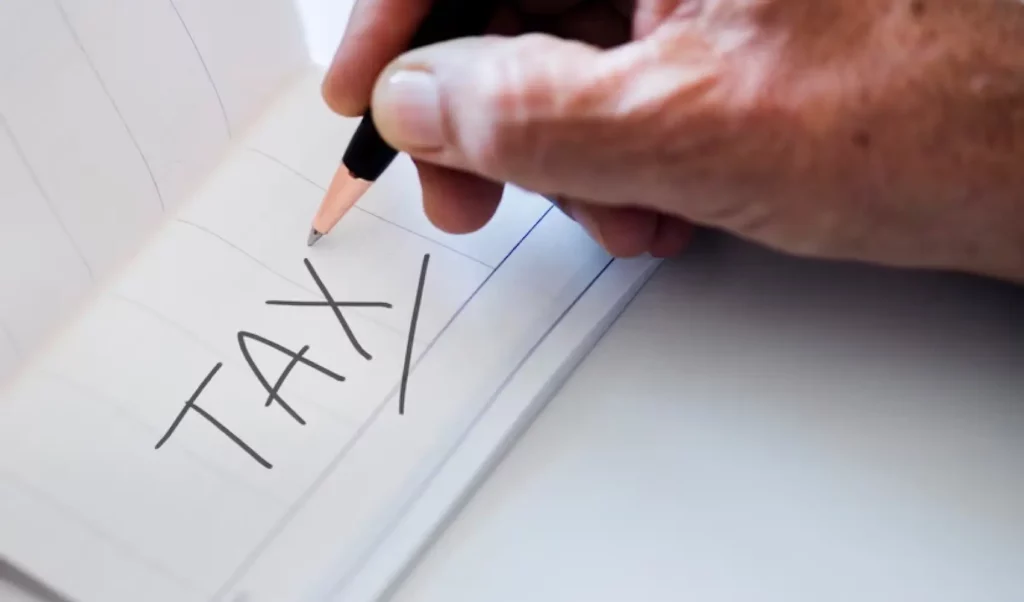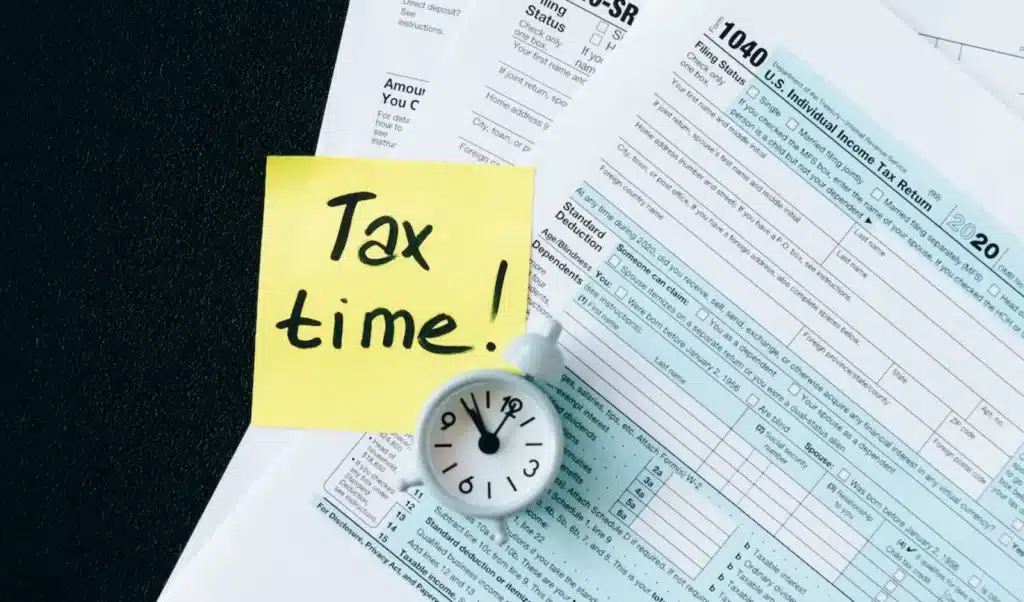The decision to file for bankruptcy is never an easy one. Whether it’s due to unforeseen circumstances or poor financial management, it can be a difficult time for anyone. However, it’s important to remember that bankruptcy is not the end but rather the beginning of a journey toward financial recovery.
Consider Going For Small Business Bankruptcy Options like Chapters 7, 11, and 13
For small businesses, bankruptcy can be particularly devastating. However, several bankruptcy options are available to help them get back on their feet. These include Chapters 7, 11, and 13.
Chapter 7 bankruptcy is often referred to as “liquidation” bankruptcy. It involves selling off the debtor’s assets to pay off creditors. This option is typically reserved for individuals or small businesses with few assets and little to no ability to pay off debts.
Chapter 11 bankruptcy is designed for businesses that want to restructure their debts. It allows the debtor to keep their assets and develop a plan to repay creditors over time. This option is often used by larger businesses that are struggling financially but have the potential to turn things around.
Chapter 13 bankruptcy is similar to Chapter 11 but designed for individuals rather than businesses. It allows individuals to develop a repayment plan over a period of three to five years, during which time they can keep their assets and work towards paying off their debts.
Rebuilding Credit
Regardless of which bankruptcy option is chosen, the road to financial recovery will be a long one. One of the most essential steps in the process is rebuilding credit. After bankruptcy, individuals and businesses will likely have a damaged credit score, making it difficult to secure loans or credit cards.
To begin rebuilding credit, you must start small. Secured credit cards are a good option for those with poor credit scores. These cards require a deposit, which serves as collateral for the credit limit. You must also make all payments on time and keep credit utilization low.
Another way to rebuild credit is to take out a small personal loan. This can be used to make small purchases and payments, which will help to establish a positive payment history. You may shop around for the best interest rates and terms, as some lenders may be more willing to work with those who have recently filed for bankruptcy.
Creating a Budget
In addition to rebuilding credit, it’s crucial to create a budget. This will help individuals and businesses manage their finances and avoid falling into debt again. A budget should include all income and expenses, including rent/mortgage, utilities, groceries, and any other necessary expenses.
It’s important to be realistic when creating a budget. While it may be tempting to cut out all unnecessary expenses, you must allow for some flexibility as well. This will help to avoid feeling deprived and may prevent overspending in the long run.
Seeking Professional Help
Finally, seeking professional help is essential when navigating the road to financial recovery. Bankruptcy attorneys can help individuals and businesses understand their options and develop a plan for moving forward. Financial advisors can also provide guidance on budgeting, credit rebuilding, and other financial matters.
Conclusion
Bankruptcy can be a difficult and stressful experience, but it’s important to remember that it’s not the end. With the right tools and guidance, individuals and businesses can rebuild their credit, create a budget, and work towards a brighter financial future. By exploring small business bankruptcy options such as Chapters 7, 11, and 13 and seeking professional help, the road to financial recovery can be a little less daunting.
If you are looking for a well-trusted IRS levy attorney in New York, look no further than the Law Offices of Stephen B. Kass, P.C. We are a New York law firm and CPA firm providing tax settlements, IRS litigation/negotiations and business bankruptcy services. Call us today and let us help you navigate through the endeavor of recovering from bankruptcy through legal options.










